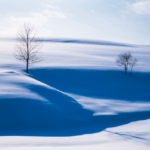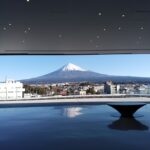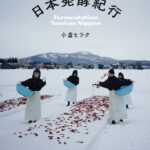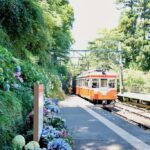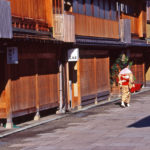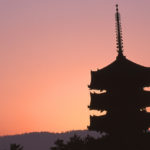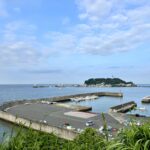In the early 1900s, the wealthy silk merchant Sankei Hara (1868–1939) embarked on a project to build a garden at his home in Yokohama. Over the course of twenty years, Hara created a magnificent landscape garden with a lake at its center which he surrounded with buildings of historical interest from around Japan. A three-story pagoda (1457) from the former Tomyo-ji temple in Kyoto serves as the garden’s focal point.
The last of the buildings which Hara introduced to Sankei-en, in 1922, was that which he re-named Choshukaku, the “Enjoy Autumn Pavilion.”

Choshukaku, an Important Cultural Property, pictured in December 2019 JAPAN JOURNAL PHOTO
This charming structure was formerly located in a garden at Nijo-jo castle in Kyoto, where it was positioned next to a pond and accessed by boat.
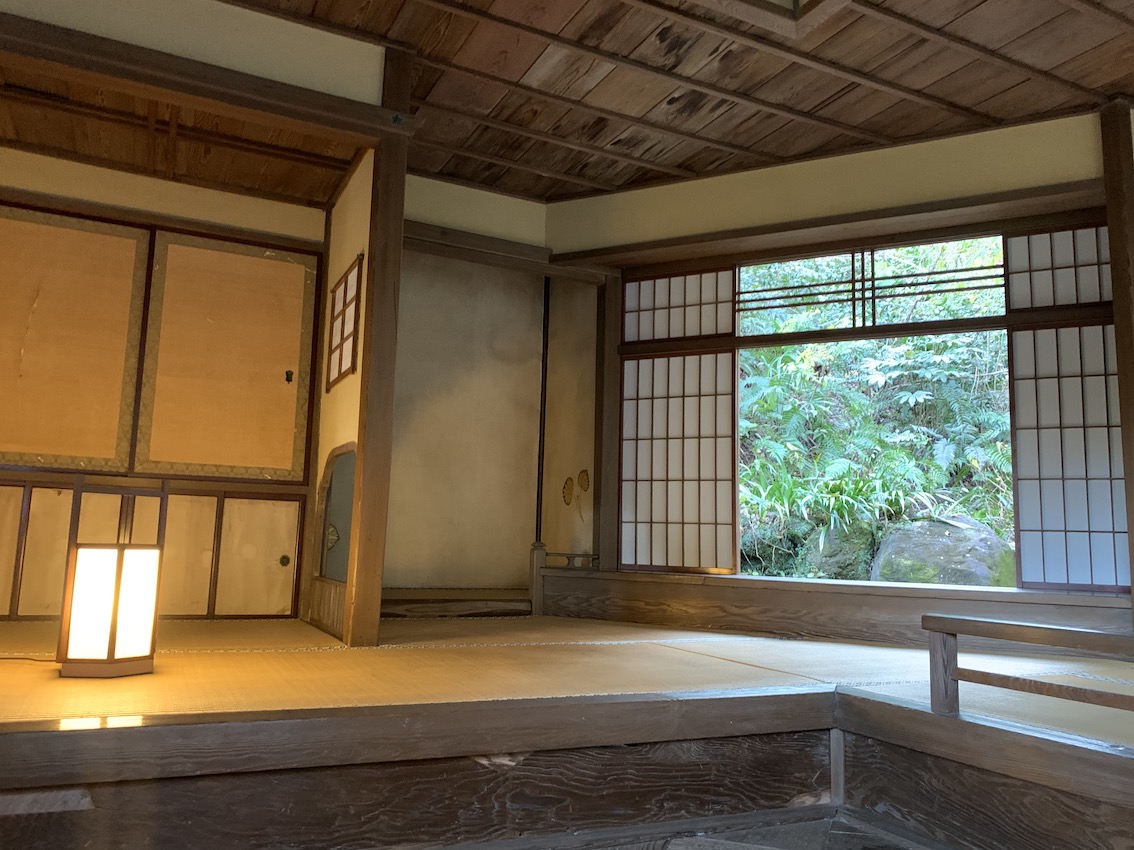
Interior of Choshukaku viewed from the entrance
Built in 1623, the pavilion is said to have been made for Lady Kasuga (1579–1643), the wet nurse and political advisor for the third shogun, Tokugawa Iemitsu (1604–1651), and one of the most important leaders of her day. Credit for the building’s design is usually given to the warrior turned tea connoisseur Sakuma Shogen (1570–1642), but it may have been the work of Kobori Enshu (1579–1647), another tea master, who designed the Ninomaru gardens at Nijo-jo. Lady Kasuga herself may also have had a say in the design.
Whatever the case, after almost precisely 300 years at Nijo-jo, the building’s utility or aesthetic worth somehow expired and Hara of Yokohama came to the rescue. Hara positioned the building close to his home, at the foot of a hill planted with maples, providing the pavilion and the memory of Lady Kasuga a beautiful new setting, best enjoyed in the autumn.
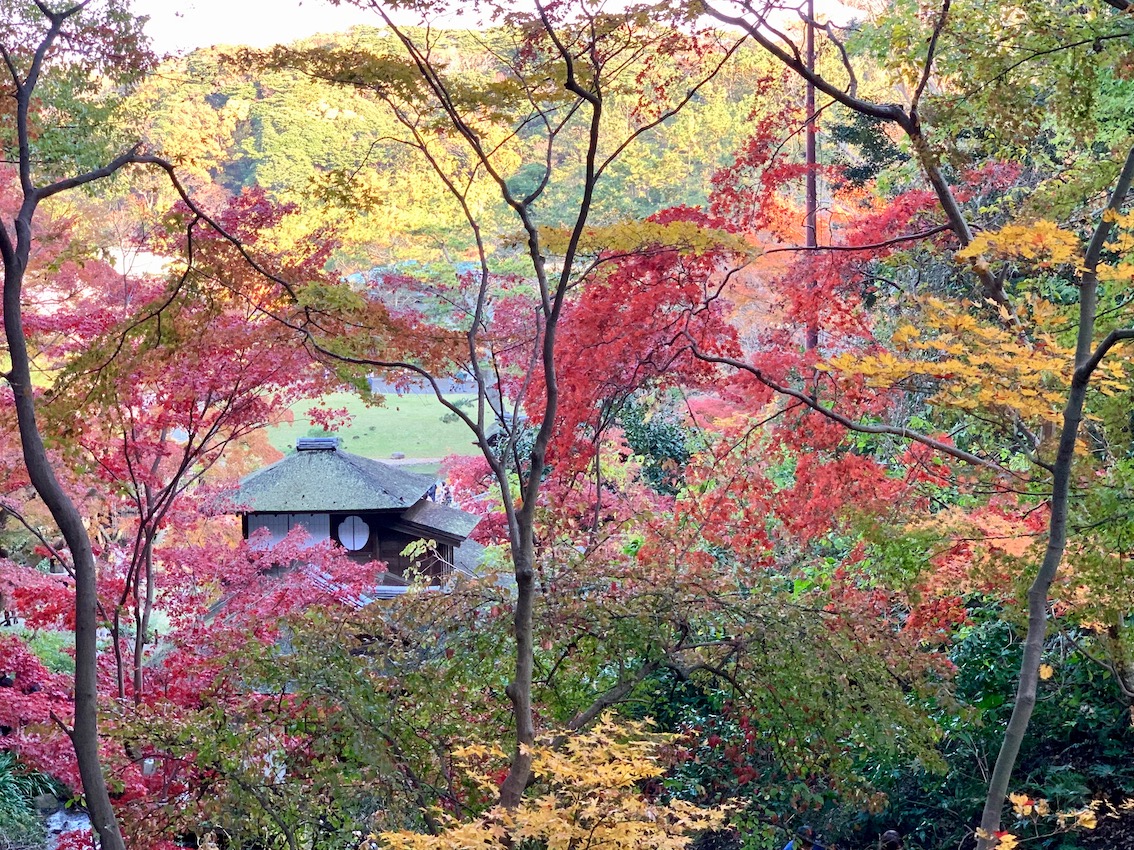
Choshukaku through the maple leaves, December 2019
Tucked away at the top of the hill behind Choshukaku is another Important Cultural Property, the Shunsoro. The tea arbor is thought to have been built by Oda Uraku (1547–1621), a devotee of the tea ceremony, and was originally located at Mimurotoji temple in Uji, Kyoto. The three and three-quarter mat tea ceremony room, formerly known as the Kyusotei (nine-windowed arbor), is the smaller arbor to the left of the building; the larger room to the right is an annex attached by Hara when he brought it to Sankeien in 1922.

The Shunsoro tea arbor (left portion of building) JAPAN JOURNAL PHOTO
The hill behind Choshukaku is open to the public from early August to mid-August and from late November through mid-December. (Ed. extended to December 25 this year, 2022.)
Alex Hendy, The Japan Journal

